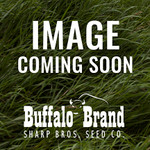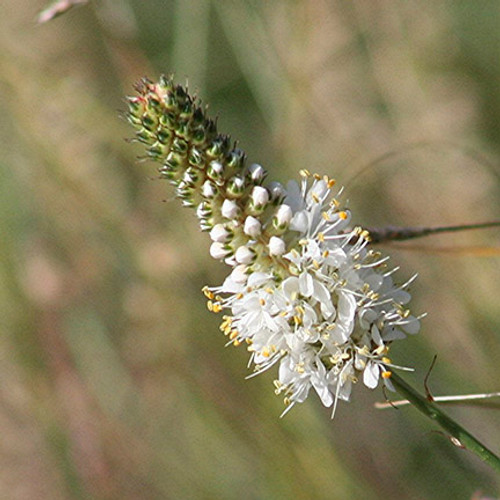Sold by the PLS pound
Prairie junegrass is a native, perennial, cool season tufted bunchgrass found on rangelands, plains and open forestlands.
Adaptation
Prairie junegrass is cold, heat and drought tolerant and grows on rangeland meadows, plains, mountain foothills and open forestlands. It does best at 12- 20 inches annual precipitation. It is most commonly found at elevations from 4,000- 8,000 feet, but occurs up to 11,500 feet in the central Rocky Mountains. It is found primarily as a component of native plant communities in open and rocky areas. It is best adapted to well-drained soils such as silts to loams to sandy loams. It prefers 6.5- 8.0 pH soils. It has good tolerance to fire.
Uses
Grazing/Livestock – Prairie junegrass is a component of many native plant communities. It commonly represents up to 5 percent of the community. It greens up early in the spring and provides good early spring forage and fair late spring forage for livestock.
Wildlife – Prairie junegrass is considered a fair to good forage for elk throughout the year and is desirable forage for deer and antelope in the spring and early summer.
Reclamation – Prairie junegrass is used as a component of native seed mixtures in revegetation of mined lands, heavy use areas and other surface
Establishment
Prairie junegrass is not recommended for fall or dormant fall seedings. It does best when seeded in the spring. Young plants are subject to thinning by frost heaving and soil cracking during winter and very early spring. The native accessions of this species have an average of 2,300,000 seeds per pound. The full monoculture seeding rate for drill application is 1 PLS pound per acre. Use the appropriate percentage of this rate when planting native seed mixtures. The seed should be planted into a clean, weed-free, firm seedbed at soil surface to 1/8-inch depth because seed requires light to achieve maximum germination. The exclusion of grazing animals until plants become well established is recommended. This may require up to 2- 3 growing seasons.
Management
During the second to third growing season, seedheads will flower in mid-April to mid-June. Seed reaches maturity in July through August depending on latitude and elevation. Fall regrowth can occur if soil moisture conditions are favorable. Prairie junegrass greens up early in the spring. Grazing deferment until plants are 4- 6 inches tall is recommended to ensure the health of the plant and to reduce over-grazing. It is considered good forage in early spring, but as it matures in later spring, it becomes tough and less palatable. This grass has moderate to high tolerance to grazing. Prairie junegrass tends to increase in percent cover following fire events and is very resistant to fire.
Information from USDA NRCS Prairie Junegrass Plant Guide










